Well, here it is, a wrap-up of my favourite class thus far in my Grad Studies. I would say that I can’t even begin to describe what I’ve learned but this post is exactly that - what I’ve learned. Dr. Katia Hildebrandt has taken us from the beginnings of a blog to the free sharing of resources and embracing AI technology in just a few weeks. Her impactful lessons left me inspired and anxiously awaiting the next class. I hope you find this summary both engaging (physically- engage with the click icons) and informative.
Category Archives: PLN
We Trained Them to Copy
“The consumer is not a creator”
This quote from Larry Lessig’s TedTalk stood out to me and I replayed it over and over while letting my mind wander as I sat in its sound.
Why not? Why isn’t a consumer considered a creator? As Larry suggests, recreation IS creation. This is how our youth (and adults, too) communicate. All I could think was:
What if all original thought has already occurred and there’s nothing left to do but evolve?
Their Voice
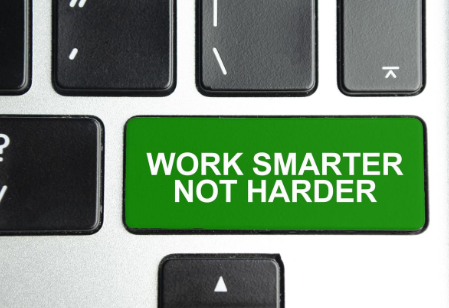
Image from VecteezyI consistently preach the phrase “work smarter, not harder”, in fact, I have this phrase printed in 1-foot-high letters and taped to a wall in my classroom. But I’m realizing there are no actions behind my belief. Our youth are doing this but we’re just refusing their format.
Change is scary and I feel the backlash is likely from those at risk of losing profit from the already established norms. We want them to PARTICIPATE in society and have a voice. Well, their voices ARE using our content to evoke change. They’re…
Working smarter instead of harder.
So why are we upset about it? Why are there laws against it?

Image from VecteezyIn Kirby’s video, Everything is a Remix, he discusses how every form of creation in the last century (or more) has been based on an original or recreation of an original. If a tune being whistled in Kill Bill is a copy of a previous film where the tune is also being whistled, why can a student not take that tune and use it as a background sound for a video they are creating? Did Quentin Tarantino have to pay to use that tune?
Where is the line between recreation and copying and why do we need one?
My First Revelation - Lead by Example
While watching Kirby’s video I started thinking, “Who are these people who have the time of day to sit and pick apart the creations of others?” Then I thought, me. I do this every day at my job. But we’ll get to that.
Secondly, I thought, “And who cares enough to file against the copiers?” This led me to think about my Teachers Pay Teachers account and the sales of my products. Am I any different? Needless to say, I then spent several hours creating groups on Open Education Resources, researching how to, and beginning to upload my created content on their site for free. If I want to advocate for Open Education I need to lead by example because I hated Kirby’s mention that:
“We have no problem with copying as long as we’re the ones doing it”
And I am far too stubborn to fall within a category that I protest. So here I am, uploading my thousands of hours of work onto the internet for free. Does this mean I will take my TpT store down? I’m not sure yet. But my content will be out there for the world to use for free if someone so chooses to do so.
The Betterment of Society

Image from VecteezyNext, why do I care if someone takes my creations? Isn’t imitation the highest form of flattery? Or did someone who was a ‘copycat’ create that saying to justify their actions? As educators, we are there ‘for the kids’. What we do is ‘for the kids’. So if my content is so great that someone else finds it valuable enough to take or pay for it to use ‘for their kids’, why am I not sharing it for free? If sharing my content is what is best for the kids, why am I upset if someone else takes it without my benefitting from it? Am I that hungry for attention and credit that I need the world to know that something great that someone else is doing was originally mine? Am I money hungry? Do I NEED to be rewarded for my labour?
This is what I’ve been battling with this entire topic discussion, research, and blog. My content is not by any means ‘original’. It is based on the provincial outcomes, work I have read and done previously, and research I’ve done about others. Though created in my own mind and formed through unique combinations, the combinations still consist of previously created materials, ideas, and thoughts - like the invention of the automobile. Like other inventions, my content could help others and that’s why someone is wanting to use it.
This is the premise of Open Education - sharing all content for the betterment of society as a WHOLE.
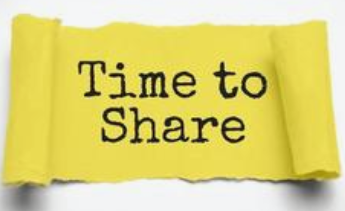
Image from VecteezyIf I believe that I do my job ‘for the kids’ then I need to participate in that belief. I began by starting to upload my content and then sent a few messages to staff members at my new school asking if they have a platform where educators share their content. The responses were not great and along the lines of, “That’s now how people work here,” but it inspired me to reply with, “Maybe we can change that”.
My Everyday Job - Picking Apart Copying

Image from VecteezyAfter watching and reading all the information Katia shared in the weekly schedule I’m left here thinking about why on Earth I care about copying. Students copying. Co-workers copying. The people who ride-your-coattails-and-drive-you-so-crazy-that-your-eye-twitches copying… again. Why do I spend hours and hours picking apart assignments to check for plagiarism and copyright infringements?
Because that’s what we’re trained and told to do.
From the moment we started to write paragraphs in school we are taught that everything needs to be our own. Is this why the world is viewing ‘remixing’ as ‘bad’?
We are taught that original thought is both essential and the goal. We need to do it ourselves but in exactly the way the teacher showed us. We can’t copy the work of others but it has to resemble exactly what we’re learning in class so that we can get the highest marks possible.
We can’t… but we have to.
We are trained that copying is bad but we have to make copies of what the teacher modeled in order to succeed. We have told them copying is bad but trained them to do it subconsciously.
HOW ON EARTH DOES ANY OF THIS MAKE SENSE?

Image from VecteezyWe foster young minds to learn by leading with examples. We want them to take the information and ‘do it in their own way’. But aren’t ‘remixes’ a version of doing that? Why can we not get on board with evolution?
Change in the Classroom
My final thoughts are how can I take all of this information and apply it to my classroom. How can I preach and practice all of this on a daily basis? Where do I begin?
By starting small with an assignment.

Image from VecteezyI’ve decided that when I return from my maternity leave I will have created an assignment like none I’ve ever assigned before. I want to create an assignment (which I’m sure someone else has already created somewhere in the world) that encourages students to find previously created content and use it to promote their voices. Students can select a topic of their choosing (or from a list I provide as a way of prompting them) and collect content to promote or disapprove of that topic. It could even take the form of activism. Essentially, I want a remix.
Now, to comply with copyright laws we will have lessons on referencing, citation, linking, and so on, that way I will be promoting the legalities but we will discuss open education and the endless possibilities the world COULD have, should the laws change. I’m inspired by this lesson and what it could do for education but why fight evolution?
All of these thoughts boil down to me wondering why we’re fighting this. Instead of fighting change, how can I foster it?

Image from VecteezyYOU’RE FREE TO ALSO USE THIS ASSIGNMENT IDEA!!!! FREE FOR THE TAKING! Use this idea as a building block and add some of your own!
How are you going to foster evolution?
The Good, The Bad & the Ugly Sides of Digital Citizenship

Photo from VecteezyWhat does it mean to be digitally responsible? Using social media as an outlet or platform to speak openly and freely about specific points of view or justice issues can lead in multiple directions. How you choose to utilize the platform (and your words) depicts which direction it will go. Unfortunately, or fortunately, how others choose to do the same in response to your stance has just as much influence on the direction as well.

Photo from VecteezyOver the years there have been hundreds if not thousands, of campaigns that have taken place online via social media and for all those years educators have been encouraged to remain neutral and “out of the light”. In fact, in my first education class, our entire cohort was seated in the auditorium while our head Education professor led us through a slideshow of why it is best to just stay off of social media completely if possible. This has changed in recent years but some educators are still weary of the potential repercussions associated with having an active presence in the world of activism and social justice.
How do you navigate an opinionated online presence while maintaining a positive image? Is it even possible? Furthermore, how do we encourage and guide our students to do the same, safely? Katia Hildebrandt and colleagues discuss the same topic on the following site. The same site encourages educators to assist students in their online presence as justice-oriented citizens and to,
“support them in doing good, productive, and meaningful things online. ”
Can the Ugly Turn Productive and Meaningful?
Recently, in my community, a class took a field trip to a local greenhouse where the owner observed one of the students walk on all four legs and be guided by her mother in a harness. This owner took to social media and posted a video about her thoughts on this young “furry” and made hateful comments about wanting to ‘kick the cat’ and such. After viewing and recording, this post a local educator, from the school that took the field trip, made a public Facebook post about the greenhouse owner and tagged nearly her entire friend list in it. She shamed the owner for dehumanizing the young girl and her mother and let the online world know that the young girl has reasons, that is nobody else’s business, to be in a harness. This educator took an active stance in stating that whether the child was a furry or not should not matter and that demoralizing the mother and dehumanizing the child is not appropriate and that she won’t stand for it. The post has since been removed from Facebook.
In response to the educator’s post, there are now a video from the owner of the greenhouse as well as a news article from Global News Canada. The video is difficult to watch as the owner becomes incredibly emotional but the news article brings promise. She names the educator publicly, as well as the school, and you can see her struggle to get through her explanation and apologies throughout the entire video. She second-guesses her word usage in the video and even has to get up and leave at one point. This video is an active display of what many online users go through posting anything online that may have a repercussion.
Titled, “Offensive comments in North Battleford, Sask. video lead to learning and forgiveness” sheds light on the direction the original post has now taken. The family of the young girl has reached out to the owner of the greenhouse in a way to educate her on their young family member in hopes that, in the future, the owner will think critically, or investigate further, her judgements before publicly expressing her opinions online.
I believe the incident is taking a natural and meaningful course but it is causing destruction on the way. I also believe all parties are learning a lot through this journey. If approached respectfully, as I think the family of the young girl has done, I think discussions on ‘hot topics’ can be meaningful in educating the public and productive in promoting awareness. The key word being “respectful”.
In this instance, it seems that the topics of ‘judgement’ and ‘freedom of speech’ are being addressed and resolved productively and meaningfully, as the Global News article proves, but I’m not sure that it isn’t springboarding to something more controversial; furries. Additionally, the educator seems to have removed all her participation on the subject and hasn’t surfaced in response yet. Is this an example of why educators retreat from activism? Or is this just an example of two people impulsively posting without informed stances?
The Bad Side of Social Media Activism - False Information

Click to watch the news report about the public being falsely informed about litterboxes in schools and how they are responding.The above incident is far from over and has brought our community to the topic of furries, once again. This ‘issue’ has been a ‘hot topic’ for the last 3 years and I’m sure a lot of the controversy is stemming from FALSE social media activism.
Political leaders, influencers, and parents, among others, are raging over the rumours of litterboxes in schools. Where on Earth did this information come from? This is a prime example of how so much negativity and skepticism can surround a topic. All it takes is one person to begin an online thread and the topic can catch like wildfire, especially when the thread begins with false information to generate chatter - like the topic of litterboxes in schools. This isn’t the only media setting negatively-generated rumours ablaze. Furries have been targeted even before this. Sometimes I feel social media users just want attention or to raise their follower account - no press is bad press, right? Why would this TikTok-er post false information about teaching young students about furries? It did nothing but cause issues for the school board and what did the TikTok-er gain? Were they even real?
The Good

Photo from Vecteezy Without a doubt, there are numerous dangers, cases of false information, and users preying on the naive in the social media world but there are also pros to the use of social media for activism.
Minutes after the incident with George Floyd people all around the world were reporting the incident and news channels couldn’t fight the truth of the personally filmed videos from the public. The truth was out there for the world to see for themselves. The sharing of first-hand footage is one of many pros that typically fall in the realm of social media activism. While some people battle this activism with terms like ‘slacktivism’ and ‘clicktivism’ (as shared in this article) the negatives aren’t nearly as real as projected. Each “click” and share further produces awareness and conversation on the topic of interest. Sure there are those that share or post to jump on the ‘bandwagon’ but isn’t that what campaigns are hoping for? Word spreading like wildfire? I’m not saying they aren’t hoping for people to educate themselves on the issue being presented but, again, press is press.
Social Media and Educators
So where does this leave educators? How do we manage the world of social media and use it for good while navigating the bad? Can we? Millions do it every day but the harsh reality is that we can’t make everyone happy while also being ourselves. I’m sure many will remain neutral but perhaps we can start small. I’m feeling like I have the potential to create a positively active platform but how, I’m not sure yet. Will I? I don’t know. I’m still scared that my community is not yet ready for such participants - maybe that’s the platform I take? A need for public openness and acceptance.

Photo from VecteezyIn my opinion, a safe place to start is sharing posts you agree with that are initially shared or posted by your local school, division, and union. This may safe-proof your stance should anyone from the public attempt to use it against you and your position in education. If your superiors also approve then how can they come down on you for also supporting it? Stemming from that shared post you could expand your search in relation to that topic and share articles you have personally found. Moving forward from this you can create an active profile and become a justice-oriented digital citizen. Where you choose to go from there is up to you.
Happy Sharing.
Day 20: S**t Just Got REAL

Notice the “friends of friends” option at the top. Ok, this is a short update as there isn’t much new content that I’ve learned about in the last 6 days. I also haven’t done any additional research online besides just coincidentally discovering a few app features over the last few days. However, not all is lost as the app unveiled a few of its features to me this week.
After I uploaded a post 2 days ago I realized the top of my main feed had changed. In fact, where there were previously options just for “friends” and “discover” (people I don’t know around the world) there was now an option that said “Friends of Friends”. Upon clicking on it I discovered posts from friends of MY friends who have made their posts public.
Don’t worry, if your posts aren’t public it will not randomly share them with friends of your friends. I don’t know the people under the Friends of Friends but it does add some additional content to the app and the more friends you have the more that appears within that section.
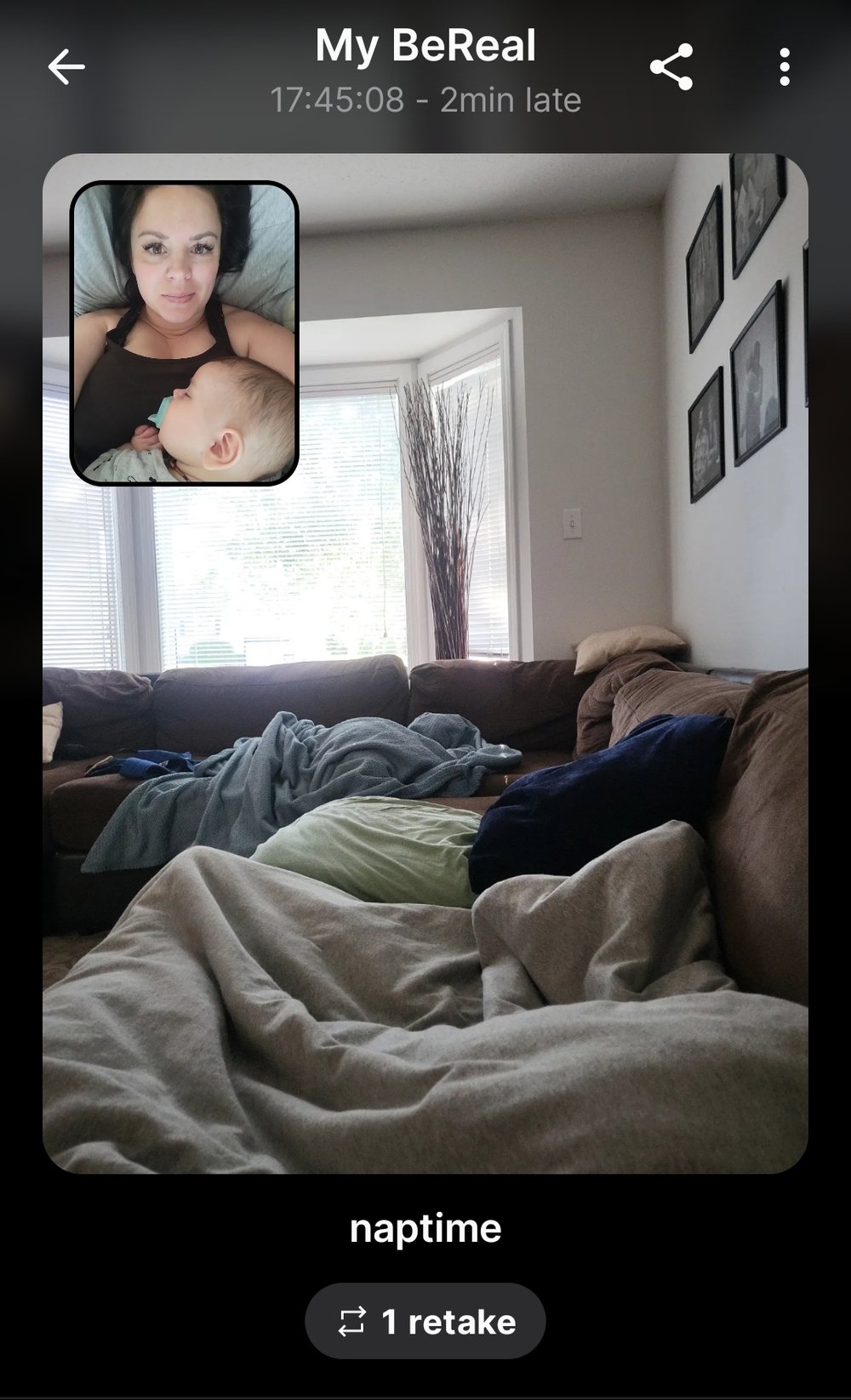
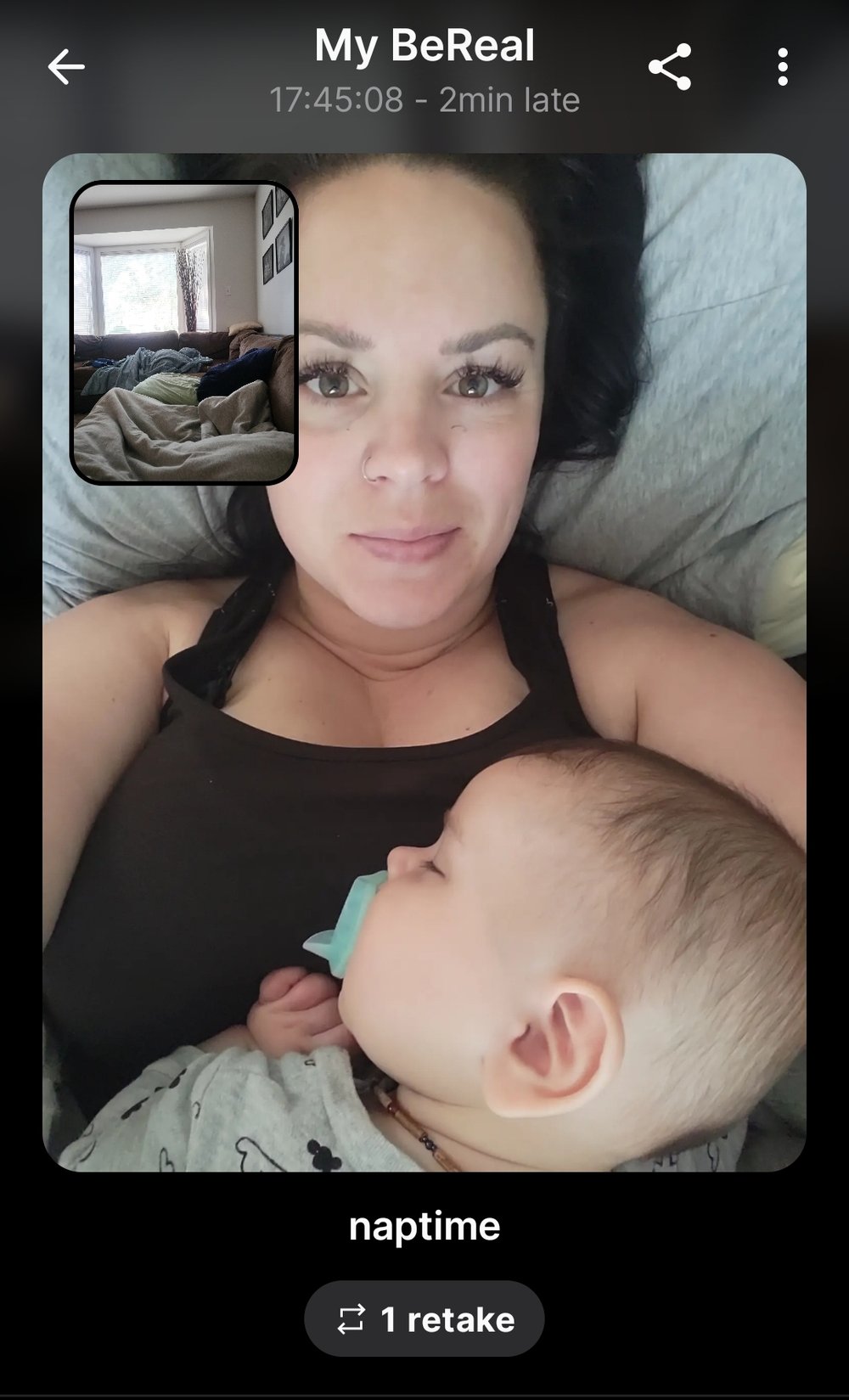

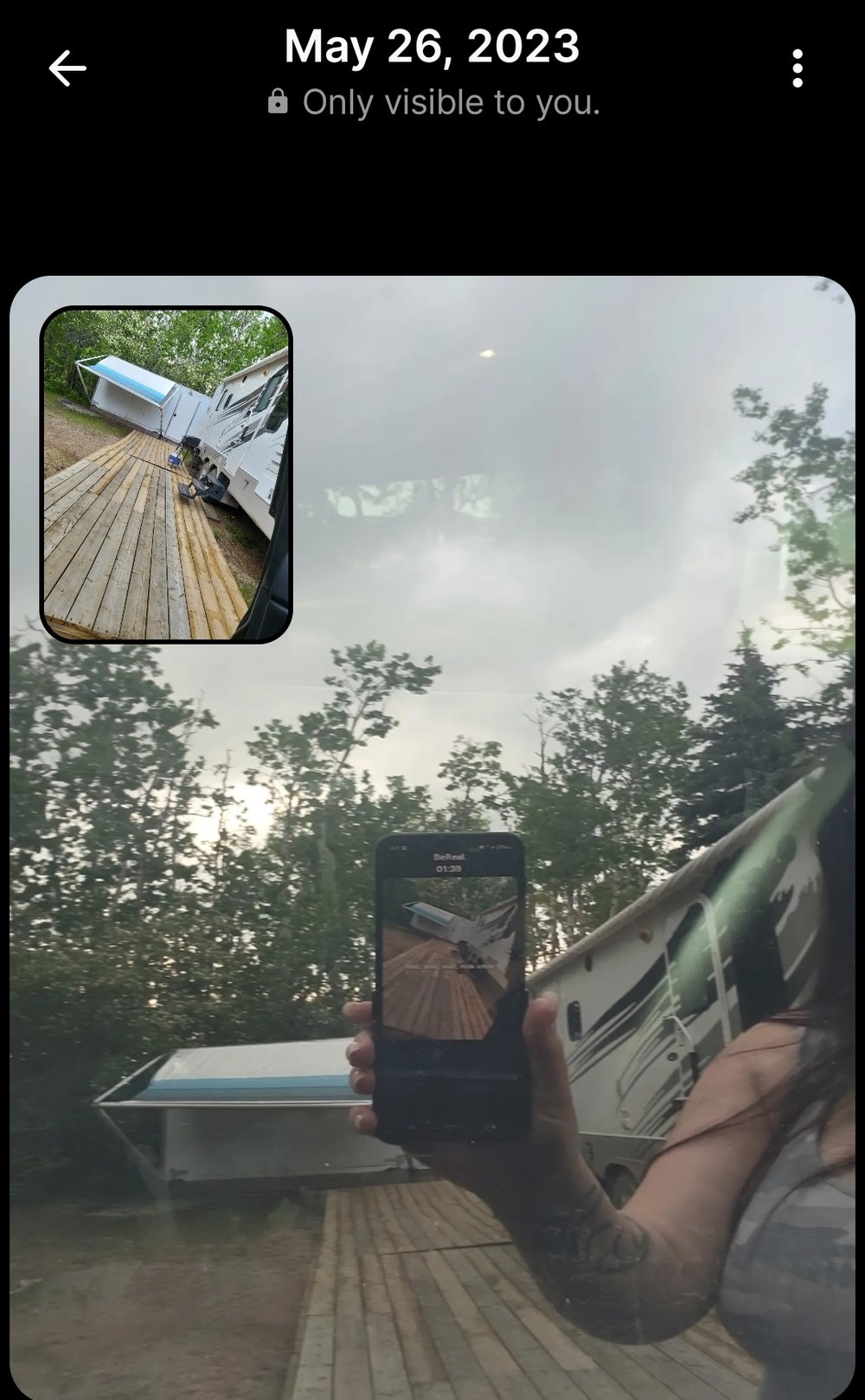

Additionally, I have found out how to view my friend’s posts without squinting. When you take a photo the app activates both your front and rear camera. When the images are posted one is smaller and inset within the larger photo. I was continuously squinting to see the smaller photo but turns out that if you tap the smaller image, it trades places with the larger one. You can then tap it again to reverse it. I have added an example of this in my gallery of images below. You can see that the inset images are the reverse of the image next to it. When my son wanted to play with my phone while I was holding it he accidentally tapped the small image with his tiny fingers. When the images swapped I’m sure my reaction was that of the dead-eyed, straight-faced emoji. :| deadpan.
This discovery has saved my eyes but not my pride. I felt like a 500-year-old lady discovering it on accident.
It was one of those… wow, I feel like a moron moments.

Finally, I figured out how to share my posts on other apps such as Twitter. On each of your posts, you can select either the 3 dots (also where your privacy settings are for each post) or the SHARE icon (depending on your device type) and choose which app you’d like to share the post to.
If you’d like to share one of your old posts in your MEMORIES files, the app sharing options will pop up on the bottom as that is the only thing you can do with old posts (besides deleting them).
Anyway, this is what I have discovered in the last few days on BeReal. I am somewhat enjoying the app for the same reasons I have listed in other posts. It doesn’t suck up all my time, it shows genuine, unfiltered content, and I feel that it is SO FAR well regulated. I think the more friends I acquire the more interesting it becomes because then there is actually content to look at for more than 2 seconds. I’m up to 12 friends now and we’ll see if more join.
Keep in Real!
twitter “flitter”
Hi everyone, and welcome back to my little slice of the internet! Today, let’s talk about my experience with Twitter.
I am by no means ‘new’ to Twitter. I believe I got an account either at the very end of high school or the beginning of university. My use of Twitter quickly changed as I went through my undergrad degree and saw the platform’s potential as a professional tool.
Once I convocated and began my teaching career, I was interested in engaging more intentionally with my PLN and joined some Twitter chats, most notably #saskedchat (a Saskatchewan-based education chat). I diligently joined the weekly chat and got to know many familiar faces within that subgroup of my PLN. #saskedchat was the perfect place for me to break into Twitter chats and developing my PLN – the people were friendly and funny, there were enough people present to keep a conversation going but not so many that it was totally overwhelming, and (being a Saskatchewan-based chat) it was specific to my place.
After being a frequent member of the chat for a while, I had the opportunity to try out a new, unknown realm of Twitter chatting: hosting my own night of #saskedchat. This meant coming up with a topic for the night, drafting the questions I would ask to participants, and leading the chat on the night of the event. It was, honestly, very easy and a natural next step in my #saskedchat journey. **I tried, to no avail, to find a saved document with evidence of my Twitter chat questions from when I hosted. I remember it was on the topic of Parent/Family Engagement, but have no idea when exactly it was or what my actual questions were. I hope everyone will believe me without providing evidence! haha
Since starting my graduate studies, I’ve obviously been a bit busier, so have fallen in and out of Twitter many times. Thus, I consider myself to be a Twitter “flitter,” because I will flit away for periods of time, but always seem to come back.
I flitted back in to Twitter during EC&I 832, and enjoyed it once again. I made a point to engage in #saskedchat and the course hashtag that semester, and was reminded why I like Twitter as a professional platform. However, after that course was over, I once again flitted out of the Twitterverse.
I think my main problem with Twitter is that the feed feels so overwhelming. Within minutes, there are dozens of new tweets to read. I simply can’t keep up and feel that I will miss something due to the sheer amount of content. I am a “sit-down-and-do-a-task-only-if-I-have-enough-time-to-finish-it” kind of person, so I avoid clicking on Twitter because I feel like I need to dedicate long periods of time to effectively go through my feed. I think the lesson here is that I need to start small and accept that I will never see everything. My goal is to start with just a few minutes a day (maybe setting an actual timer will help) to help build the habit and make it feel manageable.
To sum it all up:
- I have been engaging with Twitter as a professional tool for a long time
- I have experienced the benefits of engaging with a PLN on Twitter
- I see the various ways Twitter can be used as a professional tool
- I often flit away from Twitter for long periods of time, but always come back
- I need to be more intentional in order to attain daily engagement with Twitter (start small)
Hopefully by putting my intentions out there, it will keep me accountable to following through! I look forward to continuing my journey with Twitter as a professional, educational tool.
Until next time,
-KKF
Day 14: So This is What it Feels Like to Have Friends
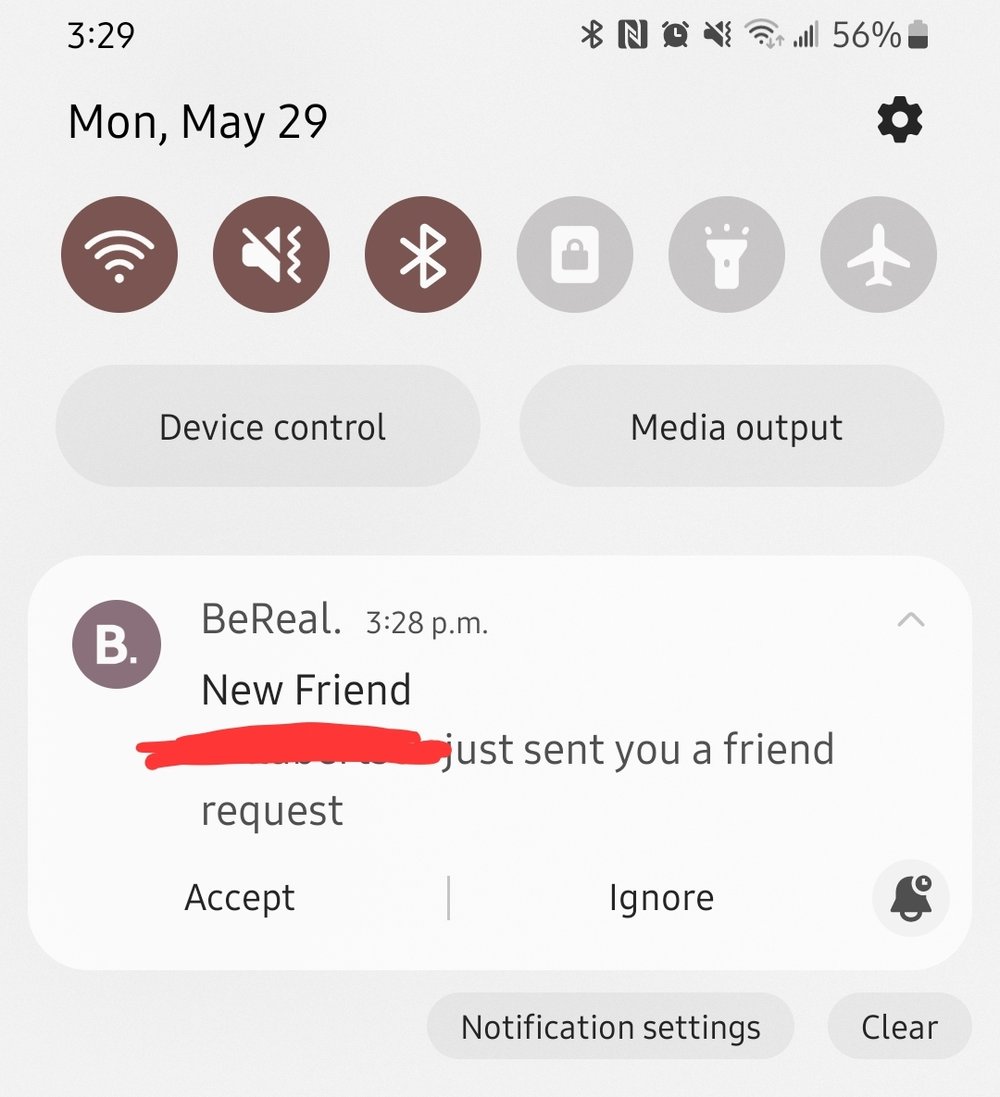

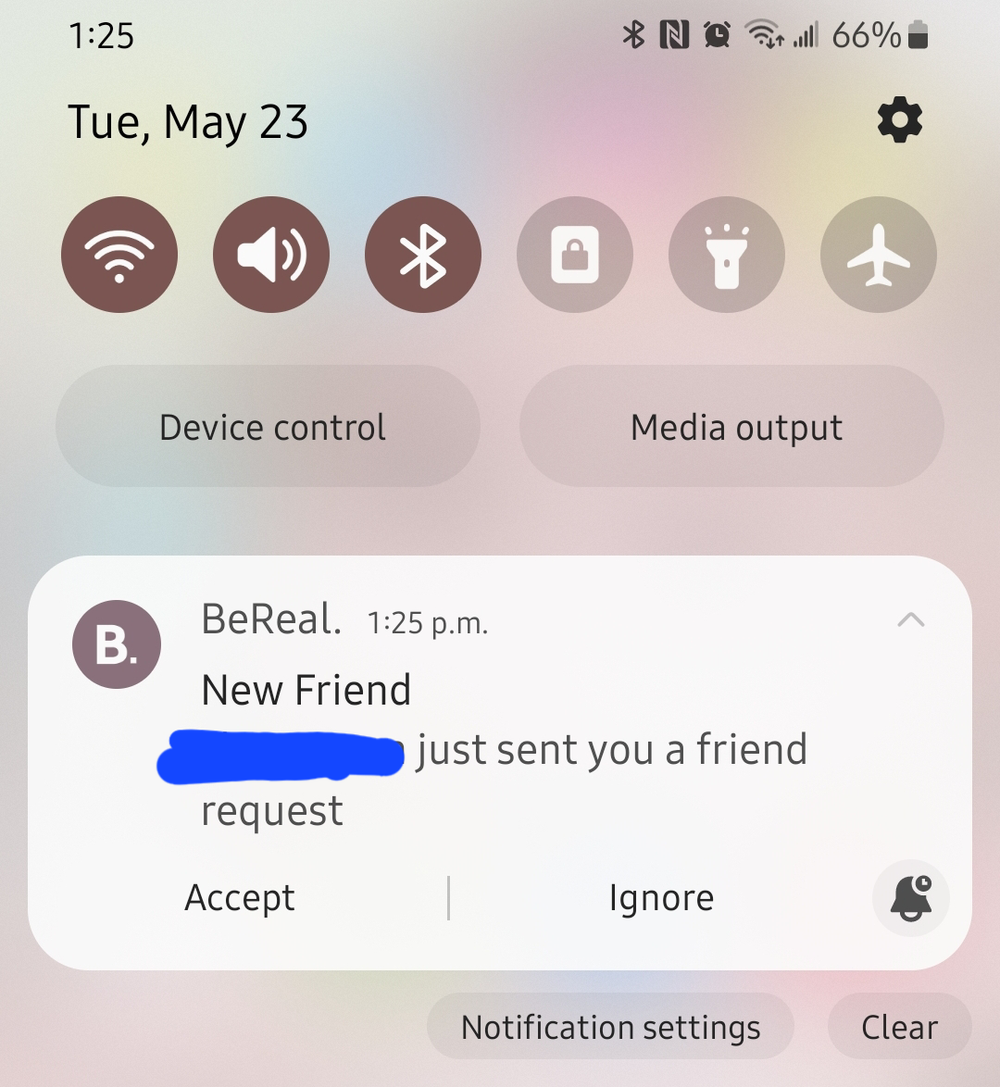
I FINALLY HAVE FRIENDS!
BeReal has gotten REAL! It seems that word about BeReal is spreading in my community and so is my popularity on BeReal (not really, I only have 9 friends on the app).
The app makes suggestions on friends you can add based on your contacts and I added as many as I could. I also sent the link to download the app to over 40 people now so that may have something to do with its sudden increase in awareness.
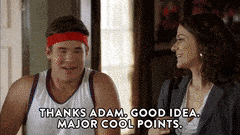
To my surprise, I had some requests over the last few days and I was elated when I read the notification that someone was requesting to be MY friend! Really? The notification pops up with the same BeReal tone so I was confused the first time it happened as I had already taken my BeReal snapshots for that day. When I saw that someone was adding me I thought, “Does this mean I’ve gained cool points?”
Something I noticed when a friend added me was the notification to “only accept your real friends”. I feel this is a positive reminder and reinforcement for kids to be safe and only add people they know.

Coolness Update
Days Bein’ Real: 14
Coolness level achieved: 9 friends
New Info - Posting Late
What do you do once you receive the notification to take your BeReal snapshot? You open the app and take your snapshot.
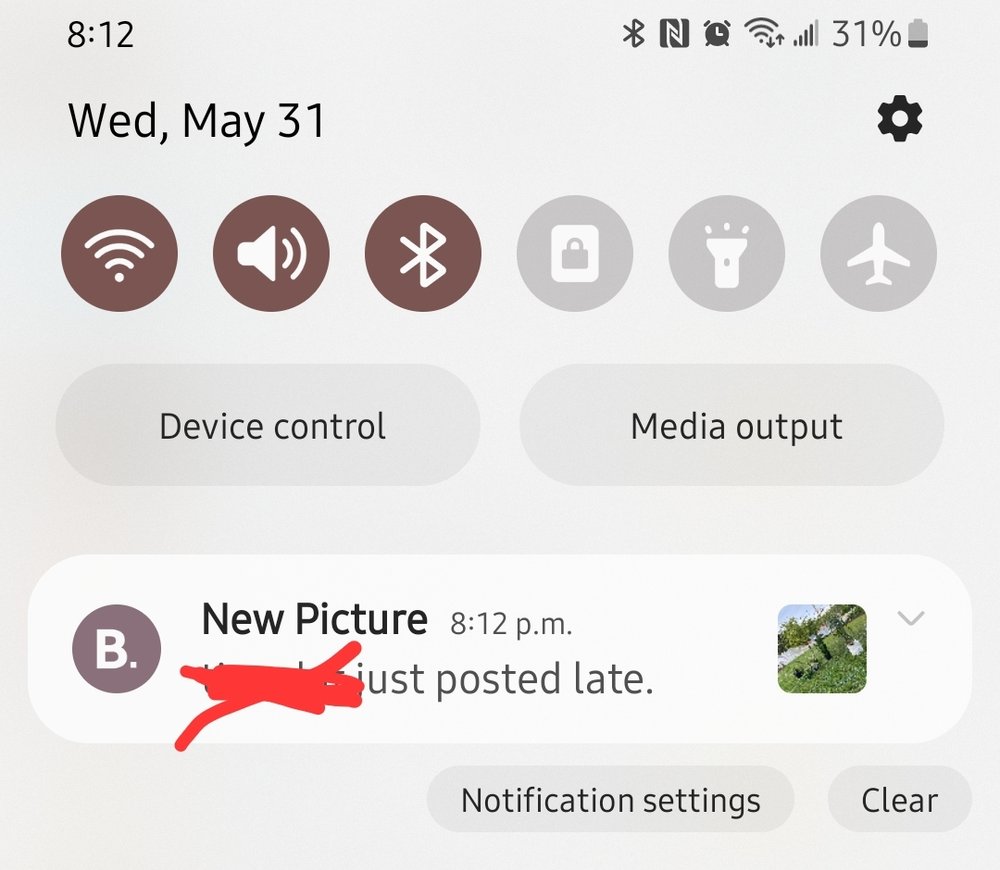

But what if you post late?
If you post late, you cannot see posts from others until you post your own snapshot. It actually blurs other people’s photos until you upload your photo for the day. You also only get one photo instead of three if you post late. (I did not take a screenshot to protect the privacy of my friend group).
If others post late then you receive a notification once they post.
New Feels and Reveals
I will admit that once my friend count increased I started to feel pretty ‘deadly’. It was more interesting to see what others were doing at that exact moment and some of the funny faces they make. I also engaged in the comment and emoji options recently and it has brought some new excitement to the app. I can see the appeal of the app now that I have others to interact with. Things I made note of:
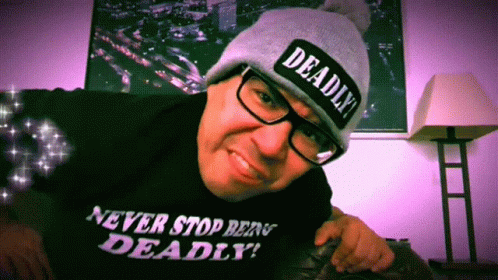
1) you can exit and retake your photos if you do not like the initial one. You can actually do this repeatedly as long as you upload a photo within the 2-minute timeline. In addition to that, your number of retakes is mentioned to your friend list.
2) I’m enjoying the ease with which I upload a photo. No pressure to find a filter or look impressive in any way, shape, or form. I think that because the expectation is NOTHING on this app, there are no criteria to fulfill. Snap a photo, if you like it, enter it! No stress.
3) Yes, you can leave emojis on your friends’ photos but there is no ‘like’ button. No pressure to fulfill a certain number of likes. You CAN go back to your ‘memories’ and delete your entries (which I like if someone posts something they regret or if you have a child and do not agree with their post). I know that a number of my students over the years have told me that if they do not receive a certain number of likes on a social media app they will rescind their posts - this saddens me. I have read articles where this need or drive for ‘likes’ presents a surge of dopamine and actually creates an addiction - a genuine, authentic addiction to social media. I wonder if the lack of ‘likeability’ prevents or lessens this on BeReal or if the emoji and comment options still provide this influx of hormone release.

I do NOT look like put together during a hefty doom scroll. It’s usually after wrestling my 4-month old to put on a diaper and then trying to be lighter than a feather when leaving his room so I don’t wake him up. 4) As mentioned in a previous post about this app, I am loving that the app does not suck me into Doom Scrolling. There’s only so much to look at each day. Yes, I understand that having 100 friends on the app would directly affect and increase the amount of time spent scrolling but it isn’t infinite like Instagram or Facebook.
5) This leads me to the next point, the uploads are only available to your friend list for 24 hours, much like other ‘story’ settings on other apps. If your photos are only available for a day then there is nothing to Doom Scroll forever on. Upload, scroll, close, and move on with life.
6) Finally, I was initially nervous when I saw that a friend’s location was shared under her photo. I checked a few other friend’s photos and some had the same information while others did not. I played around with my privacy settings and realized you can have control over that. I was relieved.
Update:
14 days - not so stupid
9 friends - makes the app (and me) cooler
Next:
Can I get more friends to join?
Can I hide my status or account from students? Your location shows you on other people’s apps as a suggested friend to add from their area. If I just keep my location off will it prevent them from finding and trying to add me?
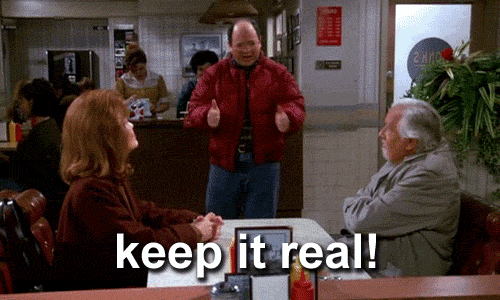
Stay tuned!
Keep it Real
Twitter, Tweet… Twit?
Twitter. I’m a fan. To be honest, I was a fan years ago but with the development of Instagram, I dropped the Tweeting. I’m also enjoying Tweetdeck. I am using it to follow all the topics I’m blogging about for this class and my personal interests as well. I was hoping to use Feedly to follow Twitter posts and topics but it appears that this option is no longer available.

Twitter seems to still have a strong Educational user-ship and therefore I’ve found it useful. I’m particularly interested in learning more about AI integration into the classroom and teachers using AI so the majority of my feed seems to be reflecting that. I’m also enjoying the educational content discussions that have picked up this week on my, and others’, accounts.

One of my favourite accounts is Alice Keeler (find her website here) and her endless useful content for Edtech. She’s a mom, teacher, and certified Google Innovator. Her content focuses heavily on Google tips and hacks for educators but also includes BookWidgets, AI tools, and student engagement ideas. Her most recent Tweet that I loved was the site of GeoGebra (owned by Google)!
I appreciate that her posts are eye-opening to the endless possibilities of technology. They promote the use of technology in the classroom and, with all of that, her posts are useful and I often find myself saving them for future or immediate use.
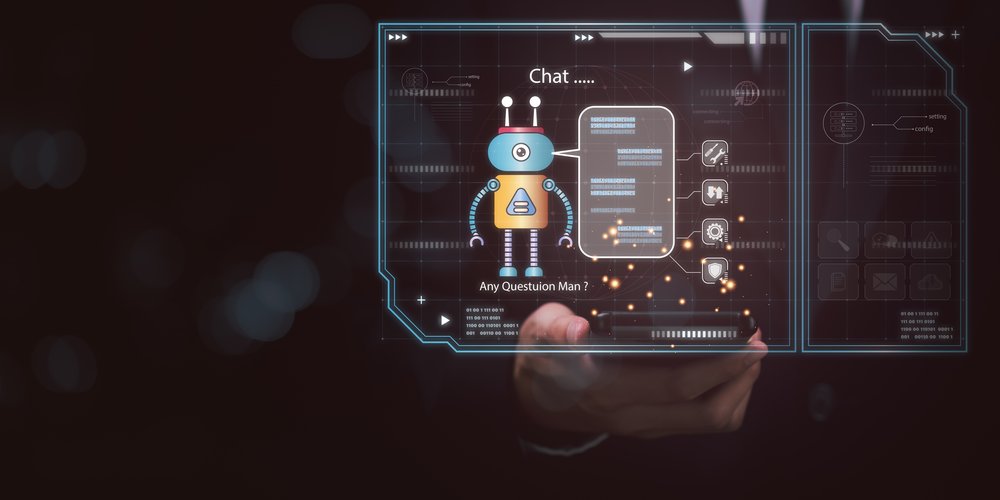
Another favourite is TCEA (Texas Computer Education Association) which is pretty apparent from my retweet feed. I enjoy their articles, tools, and recommendations on AI and other modes of technology in the classroom or the general lives of teachers. Yesterday they shared AI tools for teachers to use during grading and May’s top 5 AI tools, which they do every month.
As I’m currently planning new units for my new teaching position I find myself constantly referring back to these saved sites from both TCEA and Alice Keeler and incorporating what I can, where I can. Knowing that I will have limited student-device time I am doing what I can to use it as the educator to engage my students, enlighten them on new technological developments, and educate them on appropriate school usage.
My Future With Twitter

Having installed everything onto my mobile device I can foresee my future heavily including Twitter and Tweetdeck. I’m enjoying having a positive PLN on the app and am finding inspiration in that. In fact, I’m looking forward to better contributing to that community once I’m back in the classroom. Not that I can’t now, but I love sharing ‘in the moment’ experiences and ‘ah-ha moments’.
Knowing that I have a unique approach to teaching (completely flipped model cross-curricular) I am hoping that I can find other like-teachers to share and grow with. I found myself bonding with Thinking Classroom educators but, in the last two years, I have started designing fully cross-curricular units (I also have units that are not, obviously I teach some classes that are not with my homeroom) that are taught through a Communicative Task-Based Learning style (Thinking Classroom).
Pros:
useful content
common-minded (and mind-opening) users in my PLN
User-friendly
I don’t find myself doom scrolling
hashtags and tags make it easy to follow topics and find new leads
keeps me current on trends in Education and technology
minimal ads and useless content
Cons:
another app with a lot of content to scroll
a lot of sifting through tags and links to research content
What’s Next?
I am hoping to learn more about AI and build it into my lessons to the point where it becomes second nature to refer to it and use it. I want to educate my learners on how it can be used to their benefit and for the positive. I hope to build a strong, positive learning community that inspires me to grow and continue being a life-long learner.
What is it that you’re hoping for from Twitter?
Day 10 – Coolness?
Well, day ten has brought a new perspective to the app. I hounded 40+ friends to download the app and I was successful at getting 5 to do so. I will say that the notification chime is slightly less “triggering” and more intriguing at this point. Having friends post at the same time is exciting. You can see what people are genuinely up to and reply with emojis (which are made with your own face) or comments.
My newest appeal to the app is that I know there is nothing to see unless the app has notified my friend group to post at that moment or it notifies me that a friend posted late so I am not spending countless amounts of time on the app. It notifies and I post, I check to see who else posted, then I move on.
I ran into some old students at this week’s district track event and they found it humourous that I had BeReal. I assured them I had nothing exciting to ever post or share. I asked what the appeal was for them and only a handful admitted to using it but they said they did the same, quickly posted, scrolled, and closed it. I supposed I like that they’re not addicted to another app that generates endless screen time.
Does anyone have experience with kids or students using or talking about the app?
Days 2-7: I’m Uncool

Well, well, well, days two through seven of using BeReal have not resulted in much success as I have swiftly realized that I am vastly uncool and unmatched for such an app. Yes, it is true that I was already aware that I am uncool (I tell my students this all the time) but I was not aware that I could no longer use all forms of social media to their full potential due to my low-level-popularity status on the newest apps.
I am now aware.
My friend list consists of 5 people now, thanks to Kara adding me while also on her BeReal journey. Surprisingly, more of my friends are not on the app since the majority of downloaders are said to be millennials and Genz age. I may do some posting and friend phishing to increase my app activity. How do I know I’m still wildly unpopular? My notifications and feed are bare with the exception of just 2-3 people updating their posts. This lets me know that I don’t have many friends or followers because an interesting feature of the app, and its main attraction, allegedly, is that a friends list is notified at the same time to “be real” so not only will you update your current whereabouts but so will your friends so you can all see what you’re doing at the same time (if nobody is late posting). Click here to read more about it.
Following the initial day, I received the daily notification to “be real” and have not yet been tardy on my posts again. Being on maternity leave warrants me enough free opportunities throughout the day to snap photos on time (when the notification arrives). They are usually of my son or my laptop (or both). I’m still getting blurry shots because it takes the app a few seconds to register the photo and if you move at all the photo is blurry - I have a 50%+ STAT of blurry photos. I’m working on it.
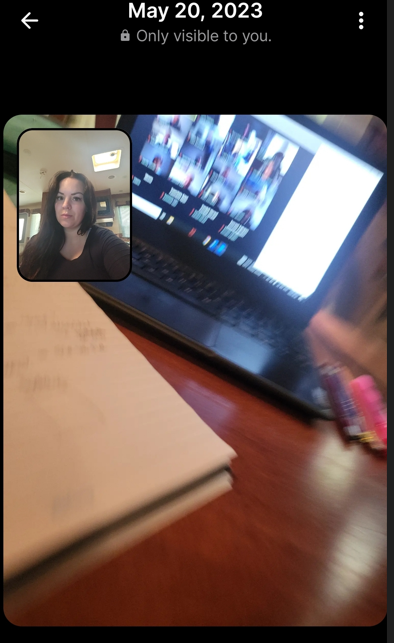
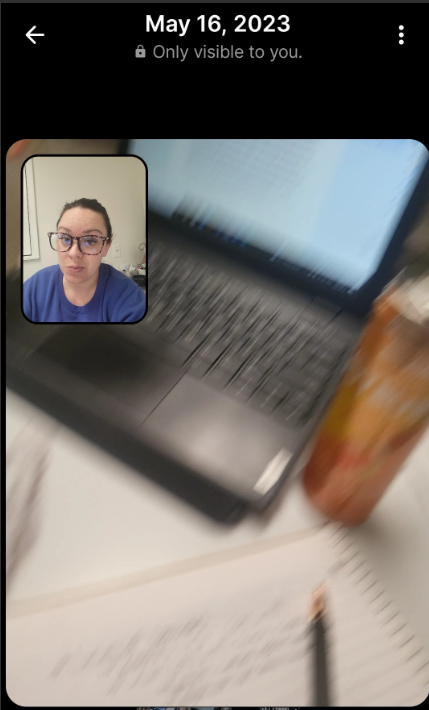


This week I decided to spend some time discovering more about the app both organically and online. I realized I can comment and react with emojis to others’ posts. I have yet to receive one - again, I’m very uncool on the app - also off the app. I also realized that my photos are stored within the app and I can review them at any time. I have yet to decide if I’m comfortable with this feature but I suppose it really isn’t much different than any other app with my photos uploaded to it.
CHAT - apparently this is a feature on the app but I have yet to discover it - likely because I have nearly nobody to chat with - again… uncool. I’m wondering if this app feature is modelled after SnapChat (instant photos and chatting - hmmm)?
I had hoped that this weekend of camping would bring some exciting content to my feed and even proof that I have friends, but, of course, the app never notified me while I was near other humans. I think it targets certain users and makes them appear lonely - I’m this user.
After some research, I see the promise behind the idea of the app. The creator wanted an app that connected friends and family through unfiltered, unposed, real-life moments and shows reality versus a constant montage of edited unrealities. The app is a fight against everything we are trying to reverse in the world of social media influence right now: fake news, comparisons, self-image issues, etc. Knowing the thought behind its creation, I find it less ‘stupid’ and more… hopeful? I have now sent the invite link to over 20 friends and hope that 2 or 3 pick it up!
Cons of the app include no parenting control, easy connection with unknown users, and people knowing your whereabouts. Which is greater? The pros or the cons? I’ll have more feedback and thoughts on this later this week!
P.S. I’m still not finding the “world-wide” feed entertaining. I’m not interested unless I know the people.
Stay tuned for more uncool posts.
Day One: This is Stupid
What is BeReal? This was my first thought when someone in my EC&I 831 class typed it into the class chat. I had never heard of it, granted, I’ve been on medical and maternity leave now for 6 months and it’s my students that typically keep me “cool” and in the loop on the latest developments. They also feel the need to tell me when fashion trends change and if I need to update my look… because they care?
Our latest Networked Learning Task is to dive into learning a new social media tool so I decided to jump right in. No pre-reading on how to use it or what to do. All I read was that users are sent a notification each day at a random time and they have 2 minutes to snap a photo or video of what they’re doing in REAL time. So, there will not be a lot of links in this initial post as I’m discovering it organically today. Links will be provided in future posts after further use and research.

click the photo to check out their app
My initial thought: this sounds stupid.
My secondary thought: let’s give it an opportunity to prove me wrong.
I downloaded the app. Registered for an account. Synced my contacts to my friends list (turns out my circle hasn’t quite picked up the trend yet so my friend list is 4 people long thus far), and waited for my first instruction.
It asked me to take a snapshot of my surroundings and then once I was done it told me to smile and not move. This resulted in an incredibly unflattering photo of myself. All the while there’s a clock counting down the 2 minutes. I’ve never felt such pressure before from a social app!
Turns out I thought that was it and forgot to hit the final button to share that snapshot and it resulted in me being “late” and not uploading within the 2-minute time frame. For this, I was penalized my second opportunity to BeReal that day. If you make it in time you’re allotted a second chance to BeReal within the same 24 hours. So, on my first day of using the new BeReal app… I was tardy and consequences were handed out.
My thoughts after the initial utilization of the app: this is stupid.
50 minutes later, my phone pinged with a BeReal notification and my body surged with intrigue! Had the app changed its mind and I was being given a second opportunity?
No.
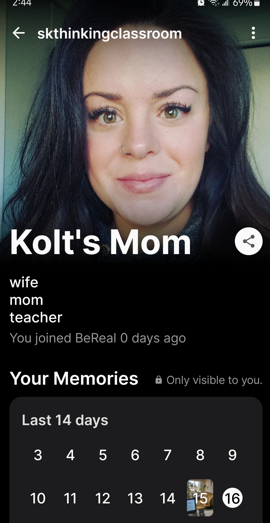
A friend had uploaded her snapshot of being in her car with 2 friends.
My thoughts: umm… cool. This is stupid.
Now what? Then I noticed the “Discovery” option at the top.
Click.
A bunch of random people from around the world who have the app and their daily uploads.
Boring.
So, in conclusion to day one of using BeReal:
I’m not cool enough to know people who are using it. You can find me on it as Kolt’s mom.
I’m bored with the app. It seems to attract mundane and useless contact much like the beginning wall posts in the early days of Facebook.
So, it’s like worldwide Snapchat?
Is it safe? Is this a way for people to see where you are and what you’re doing at any point in the day? Have we not learned our lesson from the Bling Ring crimes?
